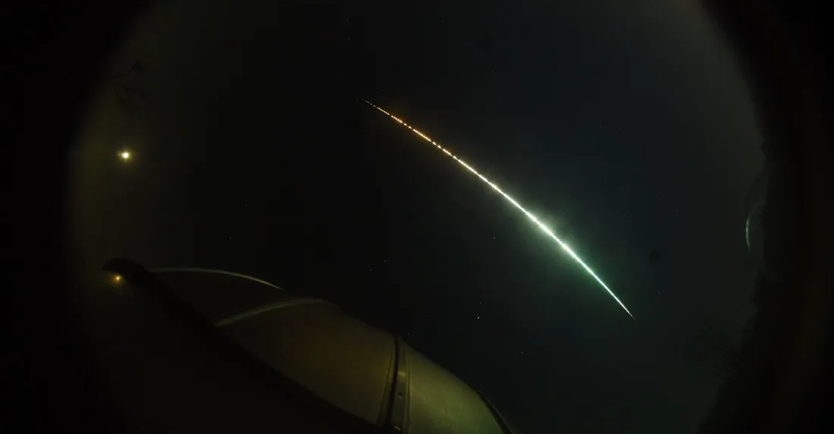Issue #25
Subscribe to read the full article.

Breakthrough Technology Makes Fresh Water Easily Harvestable from the Air
A groundbreaking new technology has made it possible to easily harvest fresh water from the air, offering a potential solution to global water scarcity. Developed by researchers, this innovative system uses advanced materials and energy-efficient processes to extract moisture from the atmosphere, even in arid regions.
The technology relies on porous materials known as metal-organic frameworks (MOFs), which have a high capacity for absorbing water vapor. When exposed to air, these materials trap moisture, which can then be released as liquid water with minimal energy input. This method is highly efficient and can operate in low-humidity environments, making it suitable for areas where traditional water sources are scarce.
One of the key advantages of this system is its scalability. Small, portable devices can provide drinking water for individuals or families, while larger installations can supply entire communities. The technology is also environmentally friendly, as it does not rely on groundwater or surface water, reducing the strain on natural resources.
Field tests have demonstrated the system’s effectiveness, with prototypes successfully producing clean, drinkable water in desert conditions. Researchers are now working to optimize the technology for widespread use, aiming to make it affordable and accessible to those in need.
Explosive Fireball Over Niagara Traced to Smallest Asteroid Ever Recorded

A fiery explosion observed over Niagara Falls has been linked to the smallest asteroid ever recorded, according to researchers. The fireball, which lit up the night sky in April 2023, was caused by an asteroid measuring just one meter in diameter, making it the tiniest space rock to produce such a dramatic event.
The asteroid entered Earth’s atmosphere at high speed, creating a bright fireball as it burned up. Despite its small size, the object released energy equivalent to several tons of TNT, causing a loud boom and shaking the ground. The event was captured by numerous eyewitnesses and surveillance cameras, providing valuable data for scientists.
Using this data, researchers traced the asteroid’s trajectory and determined its origin. They found that it came from the asteroid belt between Mars and Jupiter, a common source of such objects. The discovery highlights the importance of monitoring even small asteroids, as they can still produce significant effects when entering the atmosphere.
When Will the Singularity Happen?
The concept of the Singularity, the point at which artificial intelligence (AI) surpasses human intelligence and transforms society, has long fascinated scientists, technologists, and futurists. While predictions vary widely, experts agree that the Singularity could happen within the next few decades, driven by rapid advancements in AI, machine learning, and computing power.
Ray Kurzweil, a prominent futurist and Google’s Director of Engineering, predicts the Singularity will occur by 2045. He bases this on the exponential growth of technology, particularly in areas like neural networks and quantum computing. Other experts, however, are more cautious, suggesting that while AI will continue to advance, the Singularity may be further off or may not happen in the way many envision.
Key factors influencing the timeline include breakthroughs in general AI (AGI), which can perform any intellectual task a human can, and the ethical and societal challenges of integrating superintelligent systems into daily life. Concerns about job displacement, privacy, and control over AI systems are also critical considerations.
Despite differing opinions, most experts agree that the Singularity will bring profound changes, from revolutionizing healthcare and education to reshaping economies and even human identity.